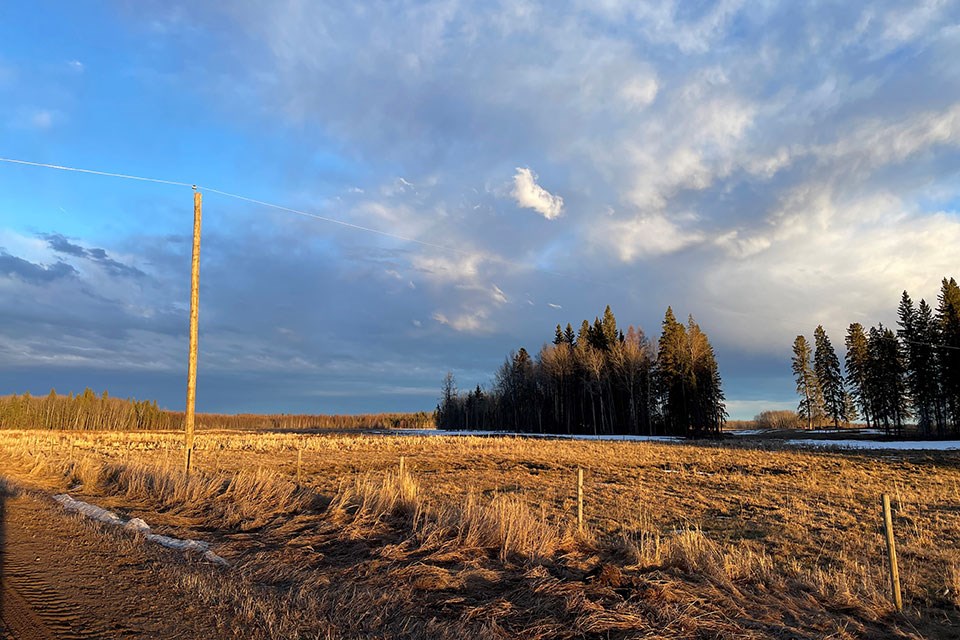Wild Rose stands out when it comes to the power of local cooperative efforts. Since its inception in 1947, Wild Rose has not only been a provider of safe and reliable power but also a provider of significant financial savings and community support for its members. In 2023 alone, members reaped significant financial benefits, saving approximately $1.43 million in distribution charges and an additional $2.4 million in energy charges, totaling a remarkable $3.83 million in savings compared to costs from investor-owned utilities. This substantial saving underscores Wild Rose's commitment to keeping money within the community and enhancing the quality of life for its members. Now, with a steadfast decision to implement a 0% distribution tariff increase in 2024, Wild Rose continues to prioritize the well-being of its members over profit.
Beyond financial savings, Wild Rose's dedication to community enrichment is evident through the awarding of over 80 Rural Roots Awards and more than 75 Scholarships to deserving clubs, organizations, and children of members in the Barrhead and Westlock areas.
Among these contributions, Wild Rose emphasizes the paramount importance of safety. The cooperative actively educates and informs its members and the broader community about the dangers associated with power lines and electrical distribution facilities.
Understanding the potential hazards and knowing how to react in emergency situations can be lifesaving. For those reasons, Wild Rose is sharing line safety tips. These tips are not just for commuter traffic but also for farm equipment, haulers, drones – anyone with any type of vehicle that may come into contact with a power line.
- Prevention is key! Wild Rose encourages proactive measures to avoid dangers. Planning routes in advance, identifying hazards, maintaining a safe distance from electrical facilities, and ensuring large equipment is lowered during transport under lines are important.
- If contact is made with a power line, it's crucial to stay inside the vehicle until utility workers declare it safe to exit. In unavoidable circumstances, exiting should be done with extreme caution, ensuring no wires are in the way, crossing arms, putting feet together, and jumping away from the vehicle or equipment to land with both feet together.
- Transporting high loads can be complex and requires careful planning, especially when navigating through areas serviced by power lines and electrical infrastructure. If the total height of your load exceeds 4.2 meters on an unpaved road or 5.3 meters on a numbered highway or paved road, it is classified as a high load. To ensure the safety and reliability of power distribution, Wild Rose requires individuals and companies to contact them for arranging the escort of high loads through a planned route within the REA (Rural Electrification Association) service area. Wild Rose mandates a minimum notice period of five working days to review and schedule a high load movement.
- Before you start any work outdoors, such as trimming trees, painting, installing antennas, or working on roofs, look up and note the location of power lines. Ensure that you, your tools, and any ladders or scaffolding are at a safe distance from them. When moving ladders, scaffolding, and long tools (like pruning poles), carry them horizontally rather than vertically to avoid accidental contact with overhead power lines.
- Assume that all fallen power lines are energized and dangerous. Keep yourself and others away from them and immediately report any downed lines.
- Be especially cautious of power lines when using water hoses or other equipment that involves water. Water is an excellent conductor of electricity and getting it near power lines can create a path for electrical current.
- When planting trees, consider their mature height and spread. Plant trees far enough away so that they won't grow into power lines, a minimum of 6 meters from each side of the power line. Trees that grow into power lines can cause power outages and pose serious safety risks.
- Educate children about the dangers of power lines and electrical equipment. Make sure they understand never to climb trees near power lines, fly kites only in open spaces far from power lines, and never to retrieve objects caught in power lines themselves.
The cooperative's commitment to delivering safe and reliable power since 1947 is unwavering. Wild Rose's ongoing efforts to educate about line safety and its continuous support for the community through financial savings and awards exemplify its dedication to its members and the broader community. Contact Wild Rose to learn more about this and about how you can save on your energy bills.



